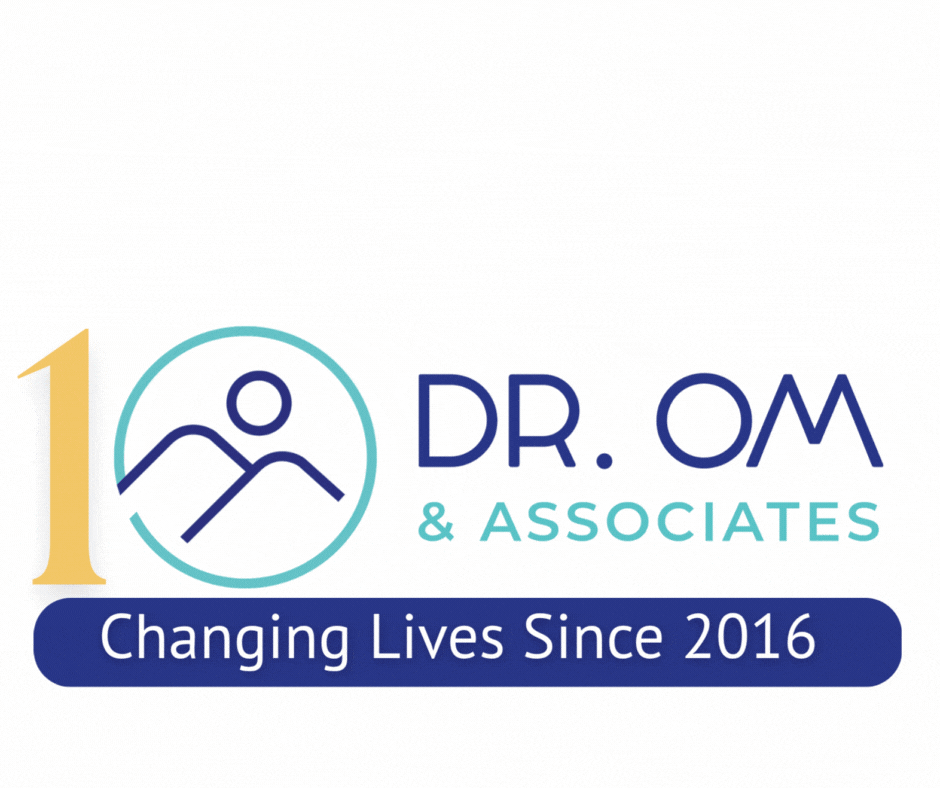Three Little Children
- Oberdan Marianetti
- Mar 29, 2022
- 3 min read
There are many different ways to explain the complexities of the human psyche. None will ever do it full justice. Some are outright incomprehensible to the average Joe Bloggs and only reserved for the few trained experts; these are useful to the clinician or researcher, but seldom to a person trying to understand themselves. One model that I have found to be useful, both to the clinician as well as the client, is the 3-children model described within the Murray Method (ISBN-10 0985509317), developed by psychologist Marilyn Murray. In this model, we are described as three separate children:
The Original Child
The Sobbing Child
The Controlling Child
ORIGINAL CHILD The Original Child is who we are created to be. It’s the child that embodies our soul and spirit in their original form, untainted and filled with potential. The Original Child contains our innate intelligence, talent, personality, sexuality, creativity and power, and it is able to experience and feel fully. SOBBING CHILD The Sobbing Child emerges from the Original Child and it is the result of the inevitable challenges and setbacks that any child encounters growing up as they begin to interact and adapt to the world and its rules. It contains all painful feelings (fear, hurt, sadness, anger, loneliness, helplessness, shame) in a pool of pain and is created by negative outside influences (trauma, abuse, neglect or illness). CONTROLLING CHILD The Controlling Child develops all the necessary defense mechanisms to protect the Sobbing Child from further hurt. In creating the necessary strategies, the Controlling Child will use anything in / outside of self to manage pain. These strategies are meant to be temporary, and yet, they often become permanent.

Every child is born with an unsolvable dilemma: choosing between becoming their innate self and adapting to the rules and demands of the circumstances it is born in. It is indeed an impossible dilemma given that humans are born totally dependent upon their primary carer. The Original Child always ends up being put aside, more or less to a large extent. It is at this point, when the child begins to realise the need to abandon parts of itself that pain begins to emerge. Sadly this dilemma continues as the child grows older. Primary carers have needs and limitation of their own that require the child to make adaptations. When school starts, given today’s prevalent educational frameworks, children are forced to rote-learn and their innate talents and creativity are not nurtured. When employment starts we are held to someone else’s standards by which we are measured and judged, often in a way that is not aligned to our innate talents. When any of these three children are allowed to run our adult lives, sit at the negotiation tables of life, front conversations and relationships, seldom it ends well. They are just not equipped to deal with the complexities of the adult world. Thus, the aim is to develop into a Healthy Balanced Person.
HEALTHY BALANCED PERSON One needs to recognise that all three children were developed for good reasons and that to date, they each bring positive characteristics to our lives. It is when they are allowed to take over that things fall apart. The aim, therefore, is that of integrating the positives from all three children (Original: Soul, Creativity, Talent, Intelligence, Sexuality, Physicality, Emotion; Sobbing: Empathy, Compassion, Caring, Graciousness; and Controlling: Defense Mechanisms, Healthy Boundaries, Responsibility) into a Healthy Balanced Person who takes account of the valuable voices of all three children, and like the CEO of a company who are attentively heard from all his expert advisors, takes an integrated decision that is believed to be best for the whole system.

There is so much that could be gleaned and learn from this model and more broadly from the Murray Method. I hope that this teaser is enough to stimulate your awareness in understanding why you may be experiencing some of the things you are. Depending on the comments and response I receive I may write more in depth about a specific aspect of this model. For now, thank you for reading my article. I base all my articles on real case studies and research findings that are relevant to my work and my clients. Feel free to reach out to me with any questions or if you would like to explore something together.









Comments